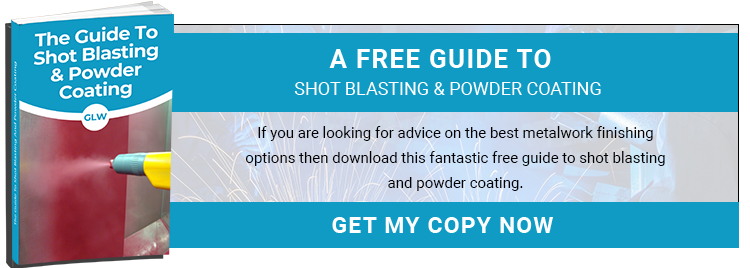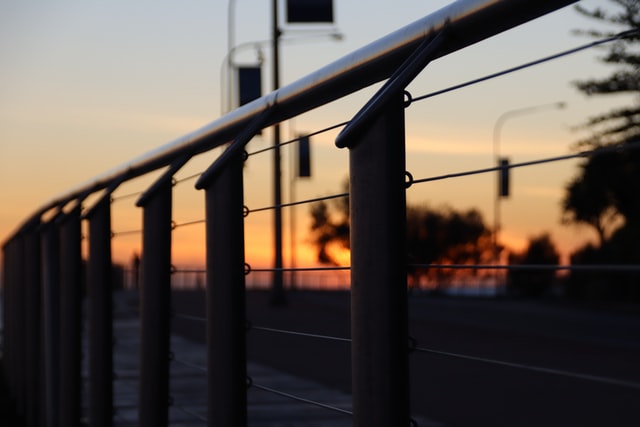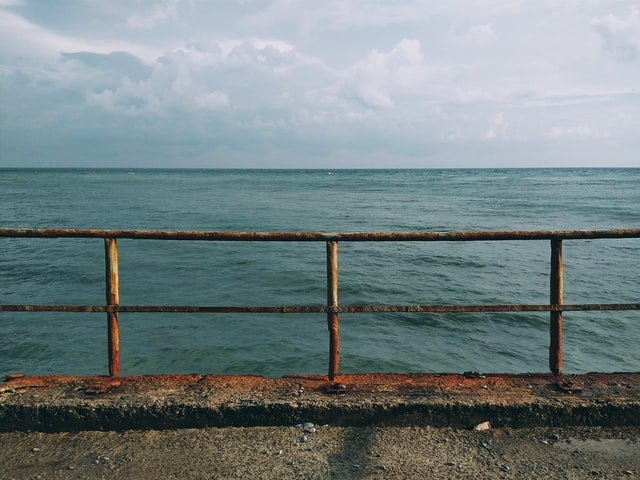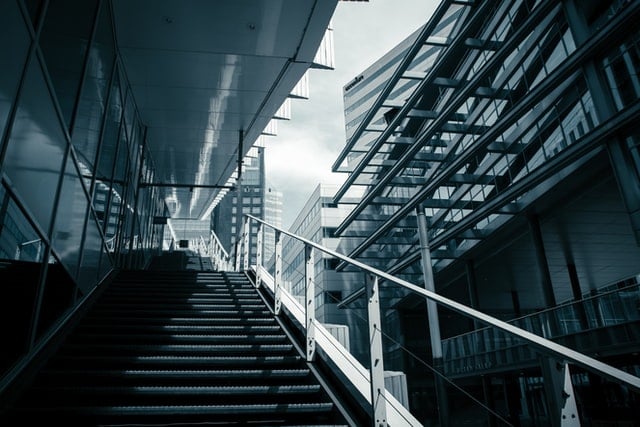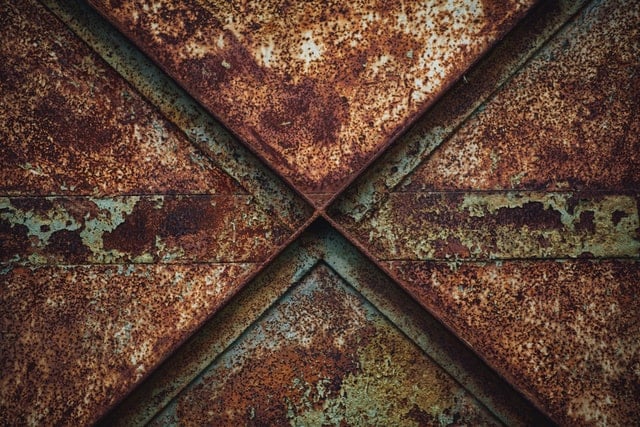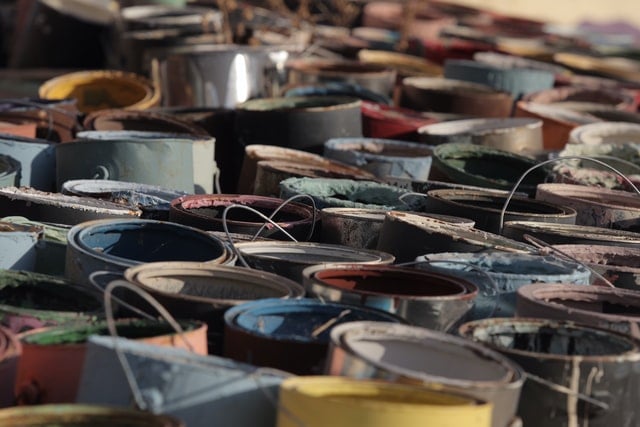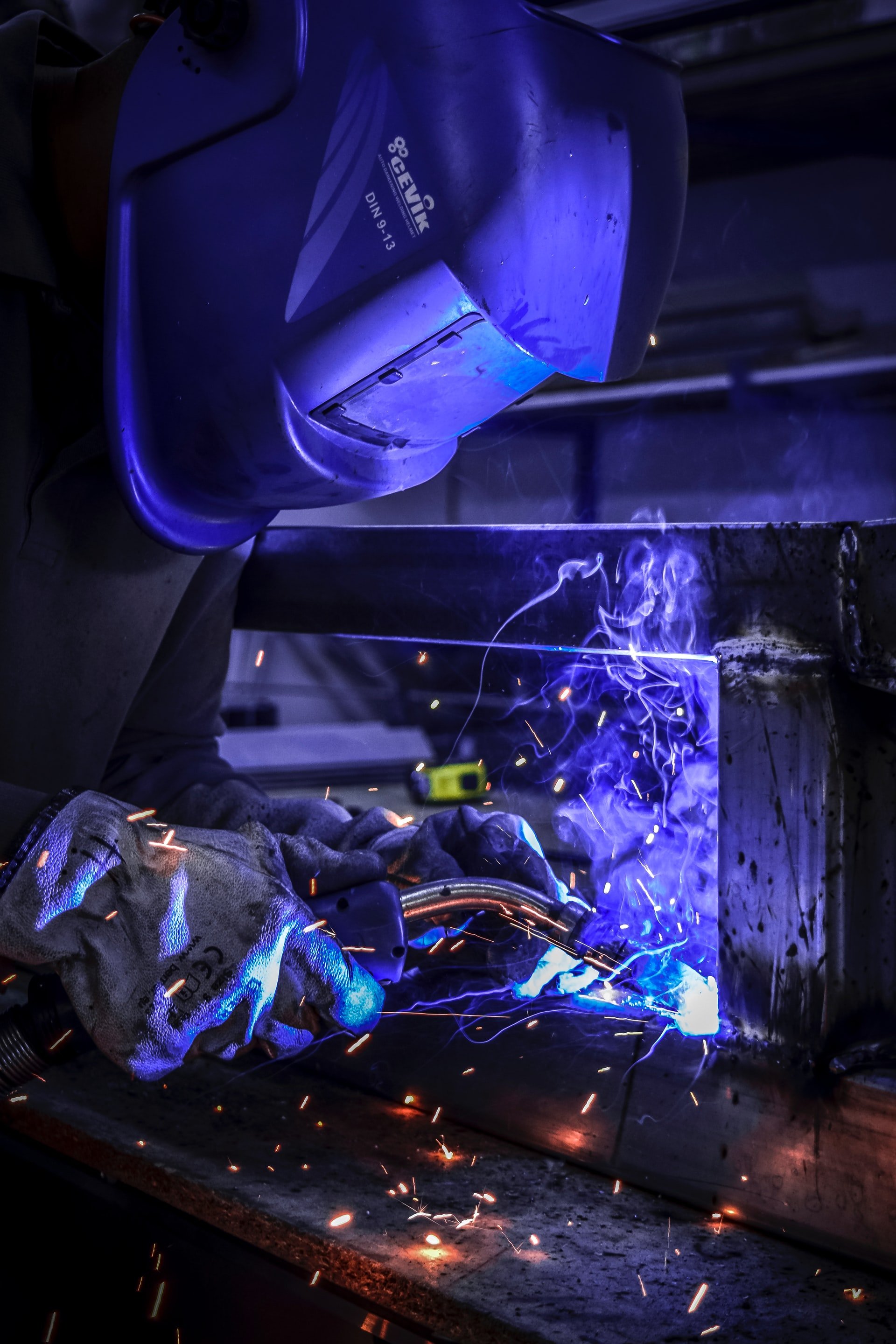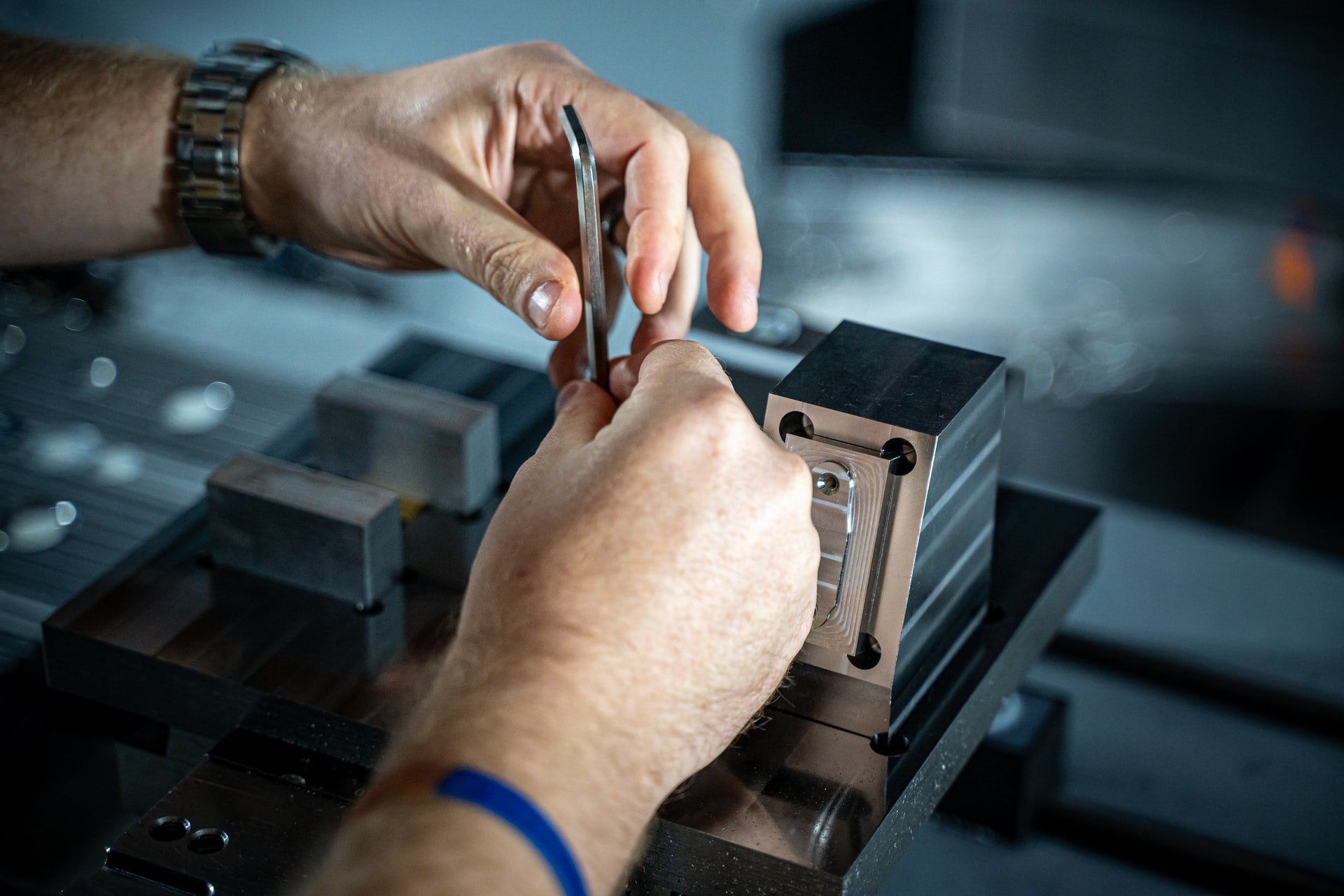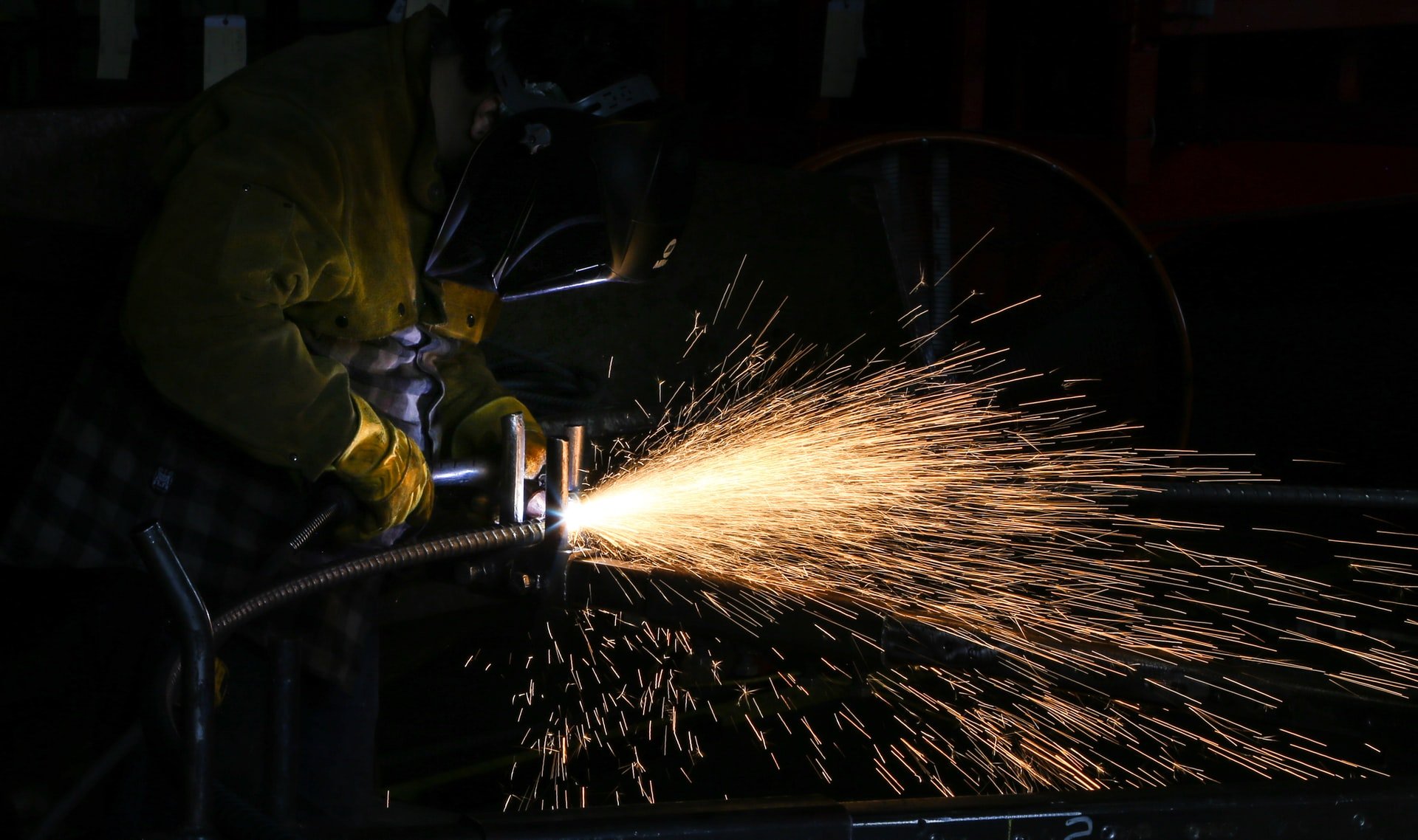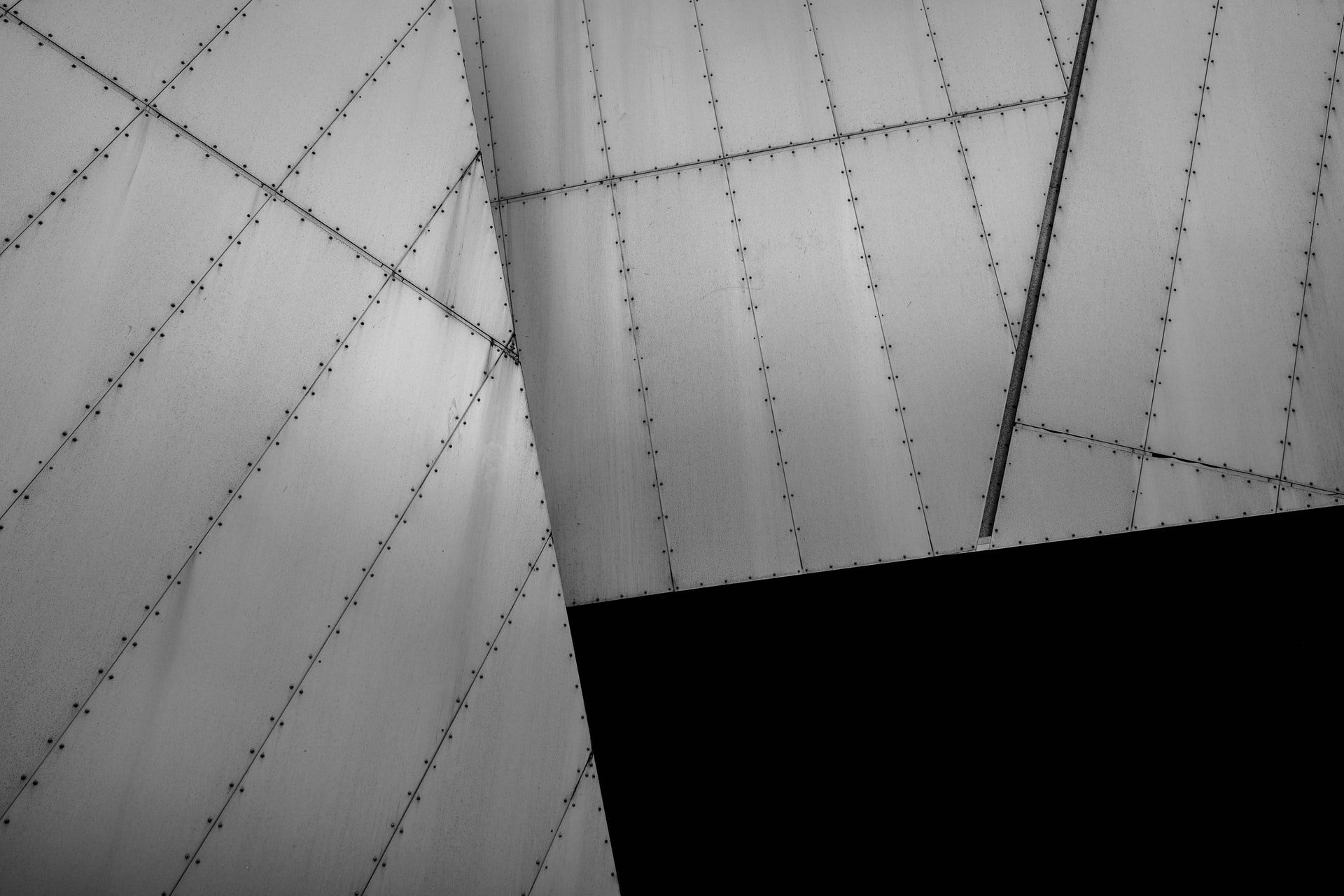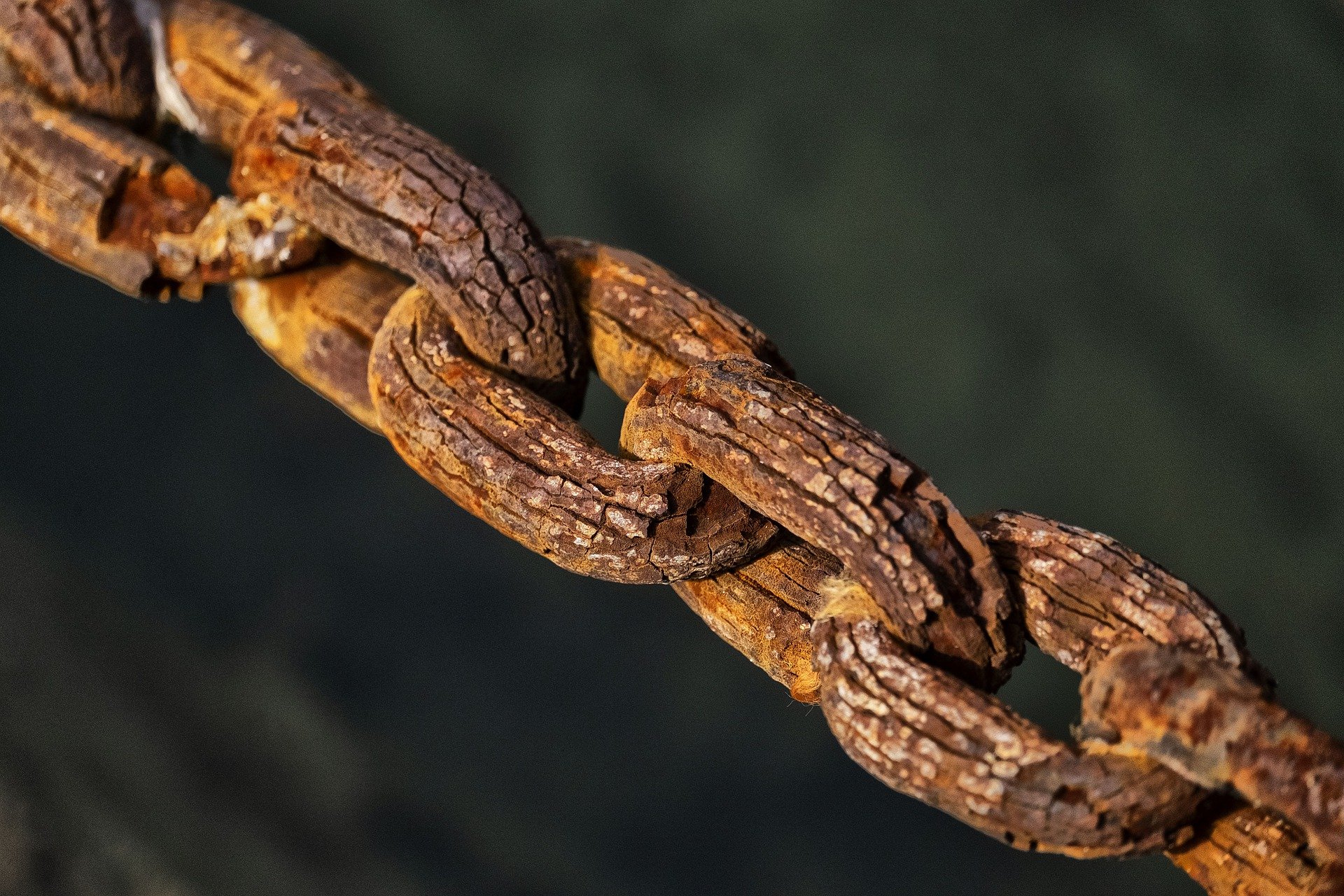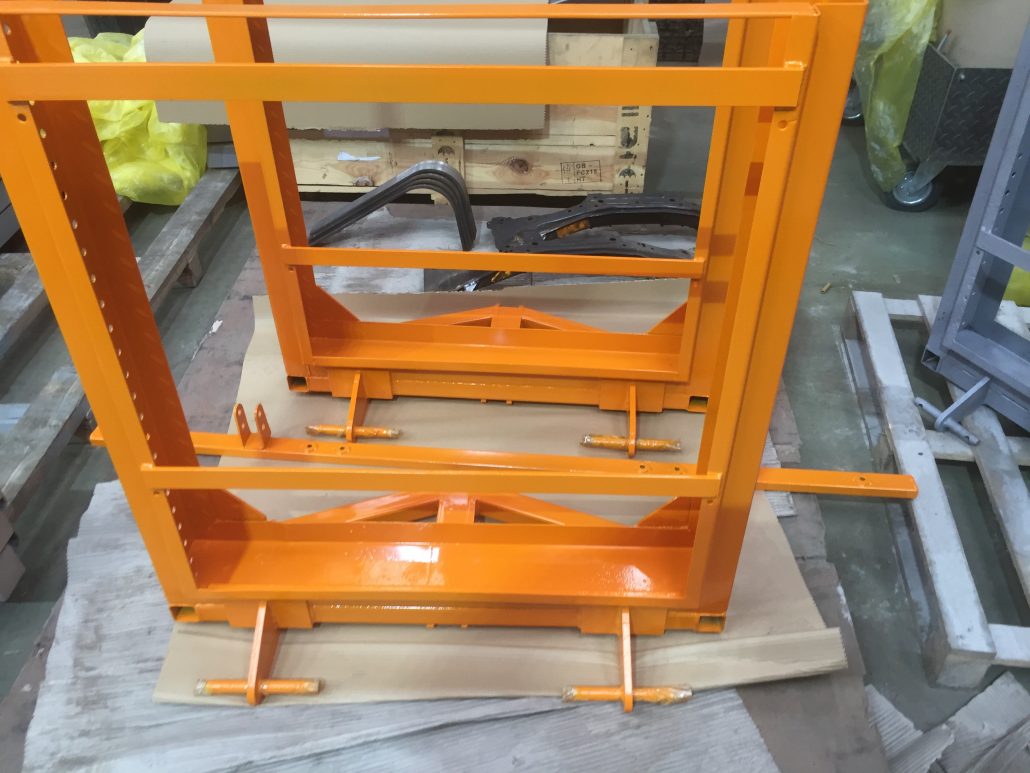
Coating steel surfaces can be a cost-effective way of protecting them from damage, but if not done properly, several issues can occur. Your coating may develop defects, such as thin patches, drips, and bumps, reducing its effectiveness and negatively affecting its appearance. So, how can you minimise the number of coating defects that you get?

1) Clean Your Surfaces First
One of the most common causes of steel coating defects is improper surface preparation, so it's crucial to clean the surfaces thoroughly before beginning the application process. Failing to remove all traces of rust, oil, dirt, and previous coats of paint can cause imperfections to develop. One of the most effective ways to prepare a steel surface is by employing an abrasive blast cleaning technique, such as shot blasting, grit blasting, or soda blasting. You can outsource this work to a professional company, like GLW Engineering, in order to ensure it's carried out to the highest standards.
2) Use Hot Zinc Spray Rather Than Dip Galvanisation
Although many steel components are treated using hot dip galvanisation to prevent corrosion, we recommend using hot zinc spray treatment instead. While both processes use molten zinc, hot zinc spray operators use handheld spray guns to treat the steel, rather than dip tanks, giving them more control. That means they can apply coats more evenly and treat objects that have irregular shapes with ease. Also, while heat warping can occur when dip galvanisation is used, this isn't an issue when hot zinc spray is applied.
3) Powder Coat Them Rather Than Using Paint
Once your surfaces have been cleaned and, if necessary, galvanised, you can apply your coating – but choosing one that's appropriate is a must. While you can use paint or other liquid treatments, it's worth considering powder coating them instead. Suitable for use on stainless, mild and galvanised steel, as well as on aluminium, powder coating is a cost-effective and eco-friendly option.
The steel is immersed in a powder and placed into a drying chamber, where the powder will transform into a hard coating which is resistant to corrosion, chemicals, and heat. The process can be completed extremely quickly and, as you won't be using liquid, the finished product will be drip mark-free.
Download Our Free Guide
For more information about these processes, contact our knowledgeable team of engineers. You can also download our free e-book, The Guide to Shot Blasting and Powder Coating, from our website.

